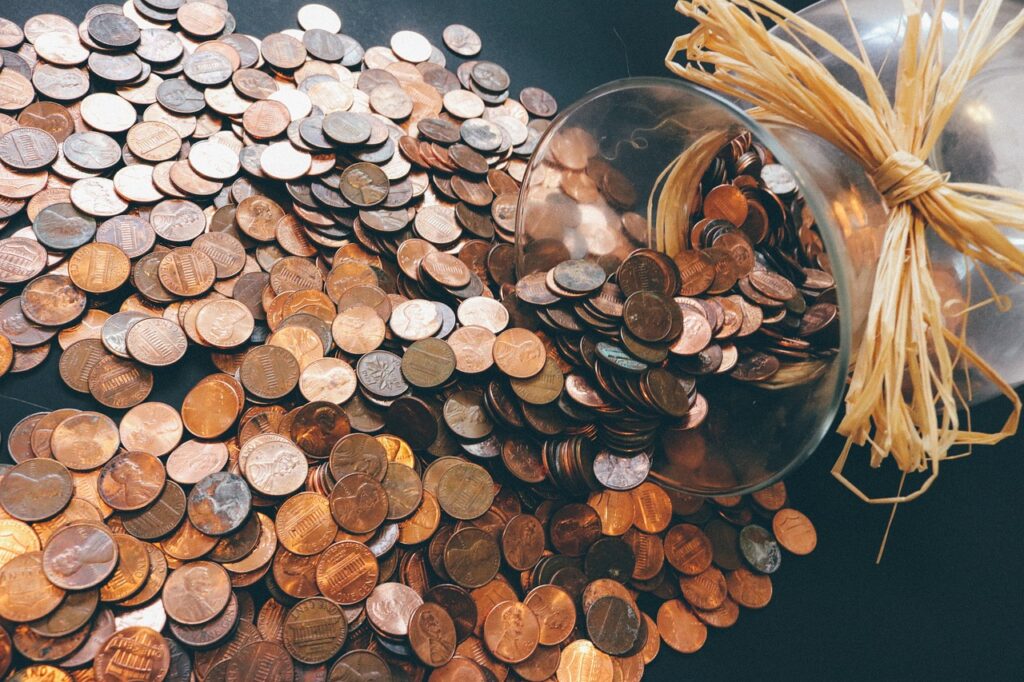
Intro
Are you tired of living paycheck to paycheck? Do you find yourself constantly stressing over finances and wondering how to save money? You’re not alone. With the cost of living constantly on the rise, it can be challenging to make ends meet and save for the future. However, there are some simple and effective ways to save money that you may not have considered before. In this blog post, we’ll share seven money-saving hacks that will help you cut back on expenses and make more money in the long run. Whether you’re looking to build up your savings or pay off debt, these tips will set you on the path to financial stability. So let’s dive in and discover the money-saving hacks you didn’t know you needed.
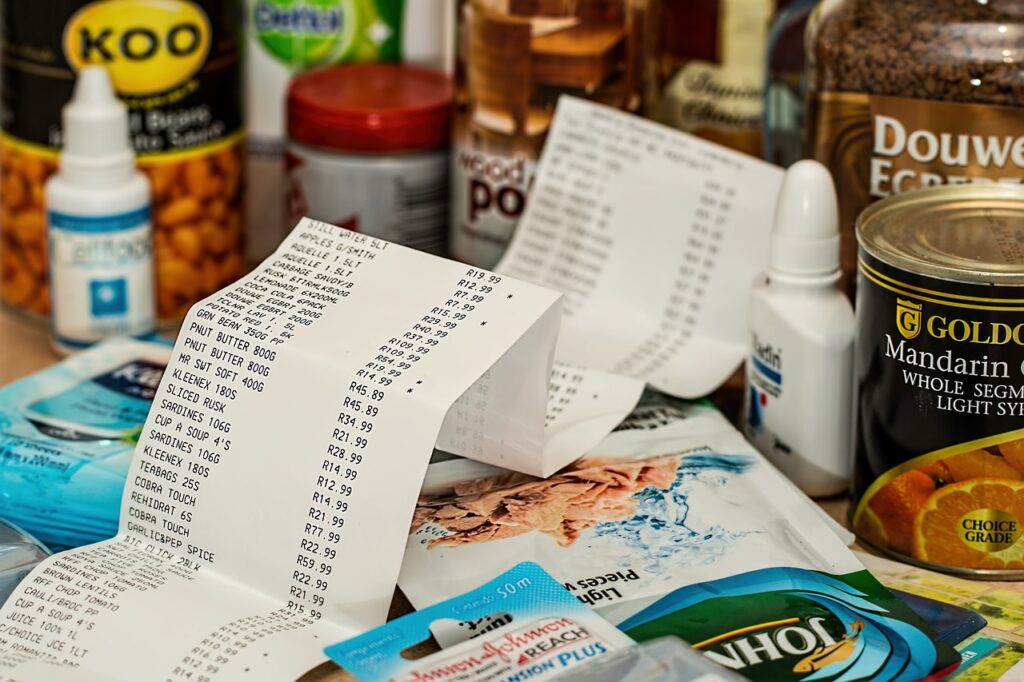
Understand Your Spending Habits
Understanding your spending habits is a crucial step in saving money and improving your financial situation. Many people overlook this step, but it is essential to take a closer look at how you are currently spending your money. By understanding your spending habits, you can identify areas where you may be overspending and find opportunities to cut back and save.
The first step in understanding your spending habits is to create a budget. A budget helps you track your income and expenses and gives you a clear picture of where your money is going. Start by listing all your sources of income and then track your expenses for a month. Be sure to include everything, from fixed expenses like rent and bills to variable expenses like groceries and entertainment. At the end of the month, analyze your spending patterns and see if there are any areas where you can make adjustments.
Another way to understand your spending habits is to automate transfers. By setting up automatic transfers from your checking account to a separate savings account, you can make saving money a priority. Automating transfers takes the decision-making out of saving and ensures that a portion of your income goes directly into savings without you even thinking about it. This can be especially helpful if you struggle with the temptation to spend money impulsively.
In addition, try using cash instead of credit cards for your day-to-day expenses. Credit cards make it easy to overspend and accumulate debt. When you use cash, you can physically see the money leaving your wallet, which makes it easier to control your spending. By relying on cash, you will become more aware of your expenses and be less likely to make impulsive purchases.

Set Realistic Saving Goals
Setting realistic saving goals is an essential step in your journey towards financial stability. It’s easy to say that you want to save more money, but without specific goals in mind, it can be challenging to stay motivated and track your progress. By setting realistic saving goals, you give yourself something to work towards and a clear plan to follow.
The first step in setting realistic saving goals is to assess your current financial situation. Take a look at your income, expenses, and any debt you may have. Understanding where you stand financially will help you determine how much you can realistically save each month. It’s important to be honest with yourself during this process. Setting goals that are too lofty or unrealistic can lead to disappointment and frustration. Remember, saving money is a long-term commitment, and small, consistent steps will eventually lead to significant progress.
Once you have a clear understanding of your financial situation, you can start setting your saving goals. Start by determining what you’re saving for. Is it an emergency fund? A down payment on a house? A vacation? Whatever it may be, make sure your goals are specific and measurable. For example, instead of saying, “I want to save more money,” set a goal like, “I want to save $500 per month for the next six months for a down payment on a new car.” This way, you have a clear target to aim for and can track your progress along the way.
When setting your saving goals, it’s also important to consider your timeline. Are you looking to save a certain amount by a specific date, or are you more focused on consistently saving a certain percentage of your income each month? Understanding your timeline will help you break down your goals into smaller, more manageable steps. For example, if you want to save $5,000 for a vacation in a year, you can aim to save roughly $416 per month.
Lastly, make sure your saving goals are realistic for your lifestyle and financial situation. While it’s great to have ambitious goals, it’s also important to be practical. Take into account your income, expenses, and any financial commitments you may have. Setting goals that are too challenging can lead to burnout and frustration. Instead, focus on setting goals that stretch you but are still attainable.
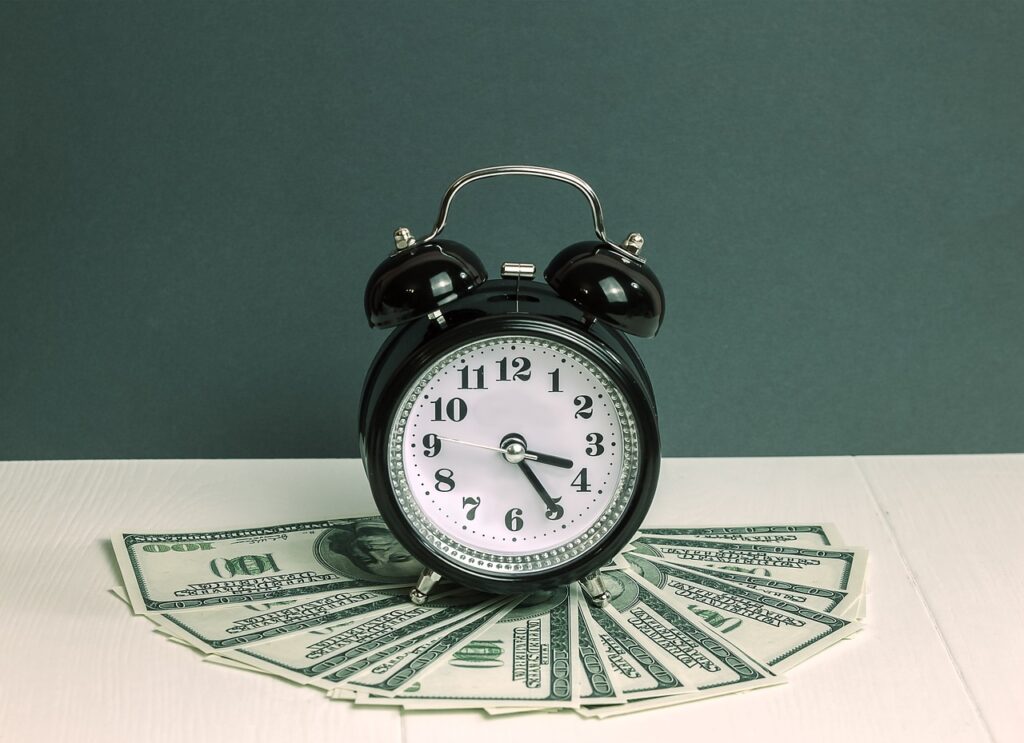
Automate Your Savings
Automating your savings is one of the most effective ways to reach your financial goals and build a strong financial foundation. By setting up automatic transfers from your checking account to a separate savings account, you can make saving money a priority without even thinking about it. This money-saving hack takes the decision-making out of saving and ensures that a portion of your income goes directly into savings every month.
Why is automating your savings so powerful? First, it helps you overcome the temptation to spend impulsively. We all know how easy it is to swipe a card or make online purchases with a click of a button. By automating your savings, you remove that temptation by taking the money out of your checking account before you have a chance to spend it. It creates a psychological barrier that makes it easier to control your spending and prioritize saving.
Automating your savings also helps you stay consistent with your savings goals. It’s easy to get busy and forget to set aside money for savings each month. By automating transfers, you eliminate the risk of forgetting or procrastinating on saving. The money is automatically moved to your savings account, ensuring that you stay on track with your financial goals.
Another benefit of automating your savings is that it helps you establish a saving habit. When saving becomes a routine part of your financial life, you’ll find it easier to reach your goals. It becomes second nature to set aside a certain amount of money each month, and you’ll feel more motivated to keep saving.
To start automating your savings, contact your bank and inquire about setting up automatic transfers. You can choose a specific amount or a percentage of your income to be transferred to your savings account. Consider setting up the transfer to occur on your payday, so you never even see the money in your checking account. It’s a simple process that can have a profound impact on your financial future.

Use Cash Instead of Cards
Using cash instead of cards can be a powerful money-saving hack that can help you curb impulsive spending and have better control over your finances. While credit cards offer convenience and rewards, they can also lead to overspending and accumulating debt. By relying on cash for your day-to-day expenses, you’ll become more aware of your spending habits and make smarter choices with your money.
One of the biggest advantages of using cash is the physical aspect of it. When you pay with cash, you can see the money leaving your wallet, which creates a tangible connection to your spending. Unlike swiping a card, using cash makes you more conscious of the value of your money. You may think twice before making a purchase, evaluating if it’s truly necessary or if you can find a cheaper alternative. This heightened awareness can help you cut back on unnecessary expenses and save money in the process.
Another benefit of using cash is the built-in spending limit. When you have a set amount of cash in your wallet, you know exactly how much you can spend. There’s no room for going over budget or accumulating debt like you can with a credit card. By sticking to cash, you can avoid the temptation to make impulsive purchases that you may regret later.
Using cash also allows you to take advantage of potential discounts. Some businesses offer cash discounts or lower prices when you pay with cash because they can avoid credit card transaction fees. By paying with cash, you may be able to save a percentage off your purchase or negotiate a better deal. It’s a win-win situation where you can keep more money in your pocket.
While cash has its benefits, it’s important to note that there are some situations where using cards may be more practical or necessary, such as online shopping or emergencies. However, by making a conscious effort to use cash for your everyday expenses, you’ll develop better financial habits and be more mindful of your spending.
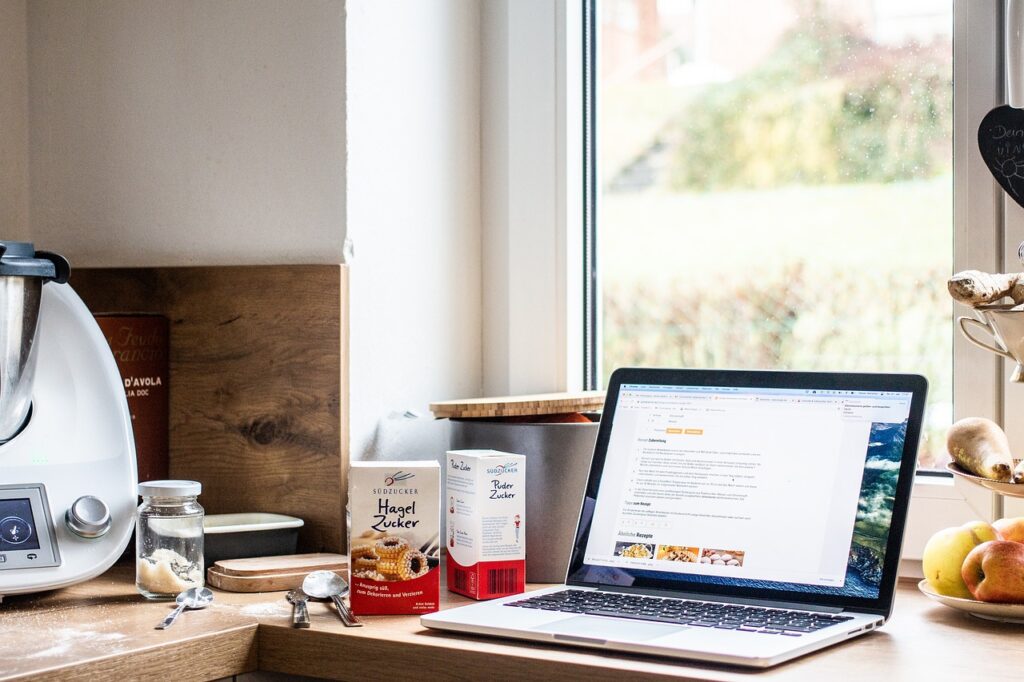
Cook Meals at Home
Cooking meals at home is not only a great way to save money, but it also allows you to have control over the ingredients and portion sizes, making it a healthier option for you and your family. By taking the time to plan and prepare your meals, you can significantly reduce your food expenses and still enjoy delicious and nutritious meals.
One of the main reasons why cooking at home is a money-saving hack is because it is much cheaper than dining out or ordering takeout. Eating out regularly can quickly drain your bank account, especially if you have a family. The cost of restaurant meals often includes not only the food but also service charges, taxes, and tips, making it much more expensive than cooking at home. By planning your meals and buying groceries, you can stretch your dollars and get more bang for your buck.
Another benefit of cooking at home is that you have control over the ingredients you use. This is particularly important if you have dietary restrictions or allergies. When dining out, you never know what ingredients are being used or if your food is being cross-contaminated. By cooking at home, you can ensure that your meals are safe and catered to your specific needs.
Portion control is another advantage of cooking meals at home. Restaurants often serve large portions, leading to overeating and wasted food. By cooking at home, you can portion your meals appropriately, which not only helps you save money but also helps you maintain a healthy weight. Leftovers can also be enjoyed for lunch the next day, reducing the need to spend money on expensive lunches or snacks.
Lastly, cooking at home can be a fun and rewarding experience. It allows you to explore different recipes, try new ingredients, and unleash your creativity in the kitchen. It can also be a great way to spend quality time with your family or friends. You can involve them in the cooking process, making it a bonding experience and creating lasting memories.

Cancel Unnecessary Subscriptions
Do you find yourself with a long list of monthly subscriptions that you barely use? It’s time to take a closer look at your expenses and cancel unnecessary subscriptions. We all have them – those monthly charges that we signed up for at some point but have long forgotten about. It’s time to clean up your finances and stop wasting money on subscriptions that don’t bring you any value.
First, take a look at your bank statements and credit card bills to identify all the subscriptions you currently have. It might surprise you to see how many you’re actually paying for. From streaming services to gym memberships to beauty boxes, it all adds up. Once you have a comprehensive list, evaluate each subscription and ask yourself if you’re truly getting your money’s worth.
Consider your usage and enjoyment of each subscription. Are you actually using it on a regular basis, or has it become an afterthought? If you find that you rarely use a particular subscription or no longer find value in it, it’s time to say goodbye. Remember, the goal is to save money, and every dollar counts.
When canceling subscriptions, be mindful of any cancellation fees or penalties. Some subscriptions may have contracts or minimum commitment periods that you’ll need to fulfill before canceling. However, if you’re being charged a monthly fee for a service you no longer use or enjoy, it’s worth considering if the cancellation fee is worth it in the long run.
If you’re hesitant to cancel a subscription because you’re worried, you’ll miss out on something, consider trying a free trial or a discounted offer before committing to the full subscription. This way, you can test it out and see if it’s something you truly want or need without the commitment.
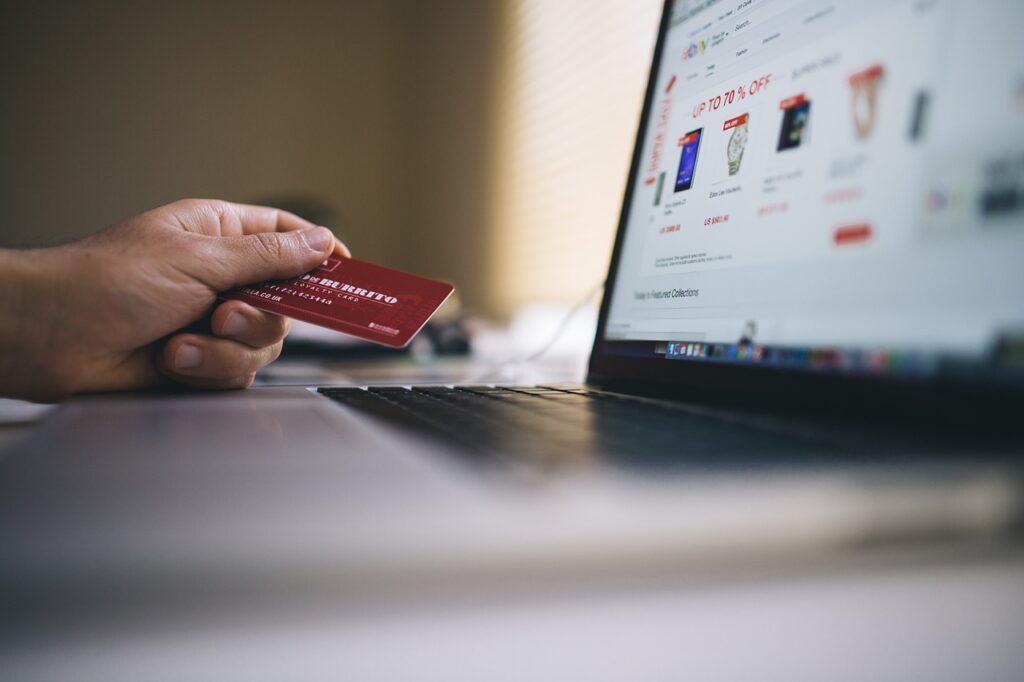
Shop Smart
When it comes to saving money, one area that often gets overlooked is shopping. We all need to buy things, but that doesn’t mean we have to overspend or waste our hard-earned cash. By shopping smart, you can stretch your dollar further and save money in the process.
The first step to shopping smart is to always make a list before you go shopping. Whether it’s for groceries or household items, having a list helps you stay focused and avoid impulse purchases. Take inventory of what you already have at home and only buy what you need. Stick to your list and resist the temptation to buy unnecessary items.
Another tip for shopping smart is to compare prices before making a purchase. With the rise of online shopping, it’s easier than ever to compare prices and find the best deal. Take the time to research different retailers and websites to see if you can find a better price elsewhere. Look for discounts, coupons, or promotional codes that can help you save even more money.
When it comes to groceries, consider shopping at discount stores or buying generic brands. Many generic brands offer the same quality as name brands but at a fraction of the cost. Look for sales or buy in bulk to save even more money. Consider shopping at farmers’ markets or local produce stands for fresh fruits and vegetables at a lower cost.
One way to shop smart is to avoid impulse purchases. Before making a purchase, ask yourself if it’s something you really need or if it’s just a want. If it’s a want, give yourself some time to think about it before making a decision. Often, you’ll find that the urge to buy something fades away after a little time has passed.
Lastly, consider shopping second-hand or borrowing items instead of buying new. Many items, such as books, clothes, or household items, can be found at thrift stores or online marketplaces at a fraction of the cost. By shopping second-hand, you not only save money but also reduce waste and contribute to a more sustainable lifestyle.


Pingback: Simple Ways to Save for Retirement – Esvea Accounting bookkeeping services